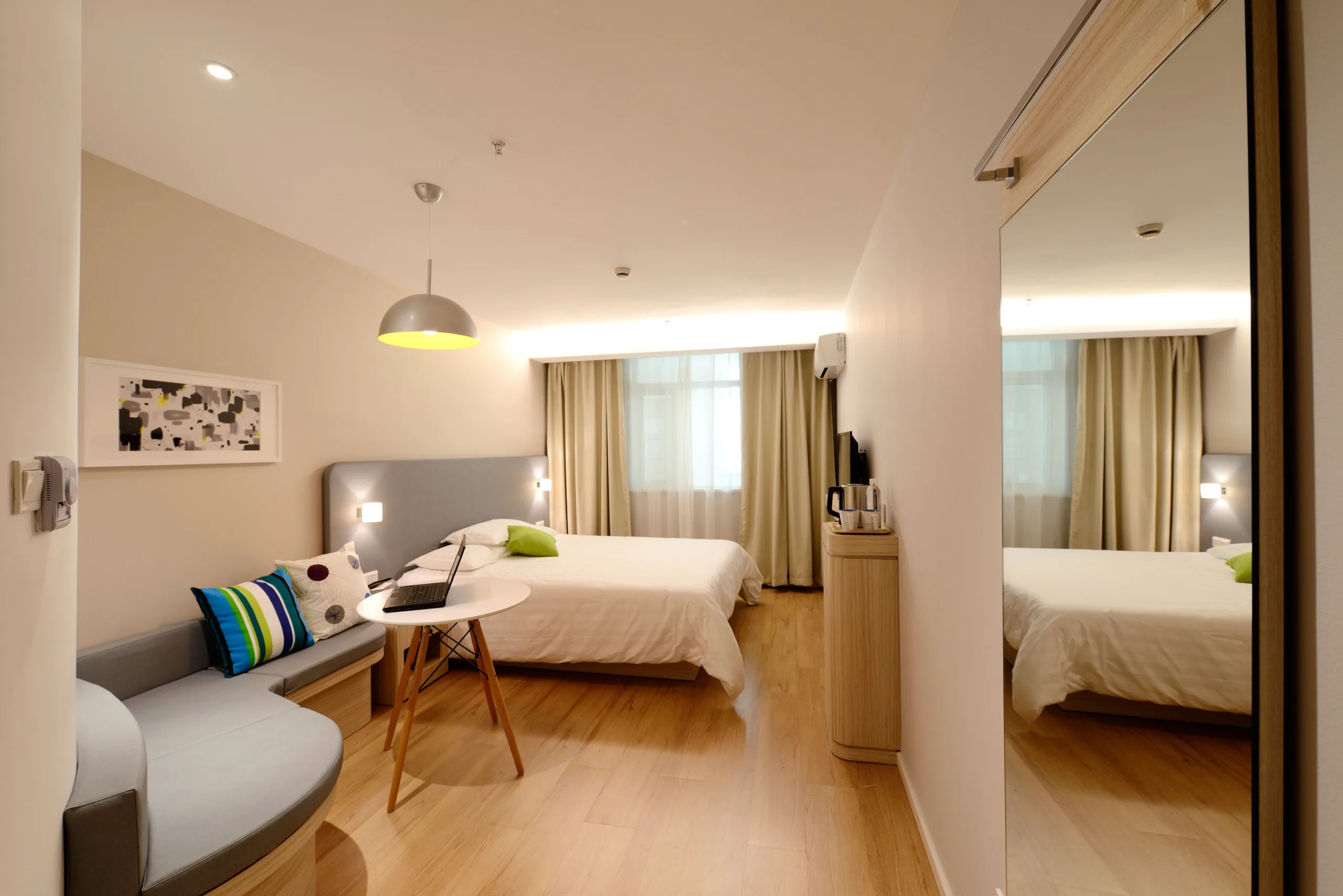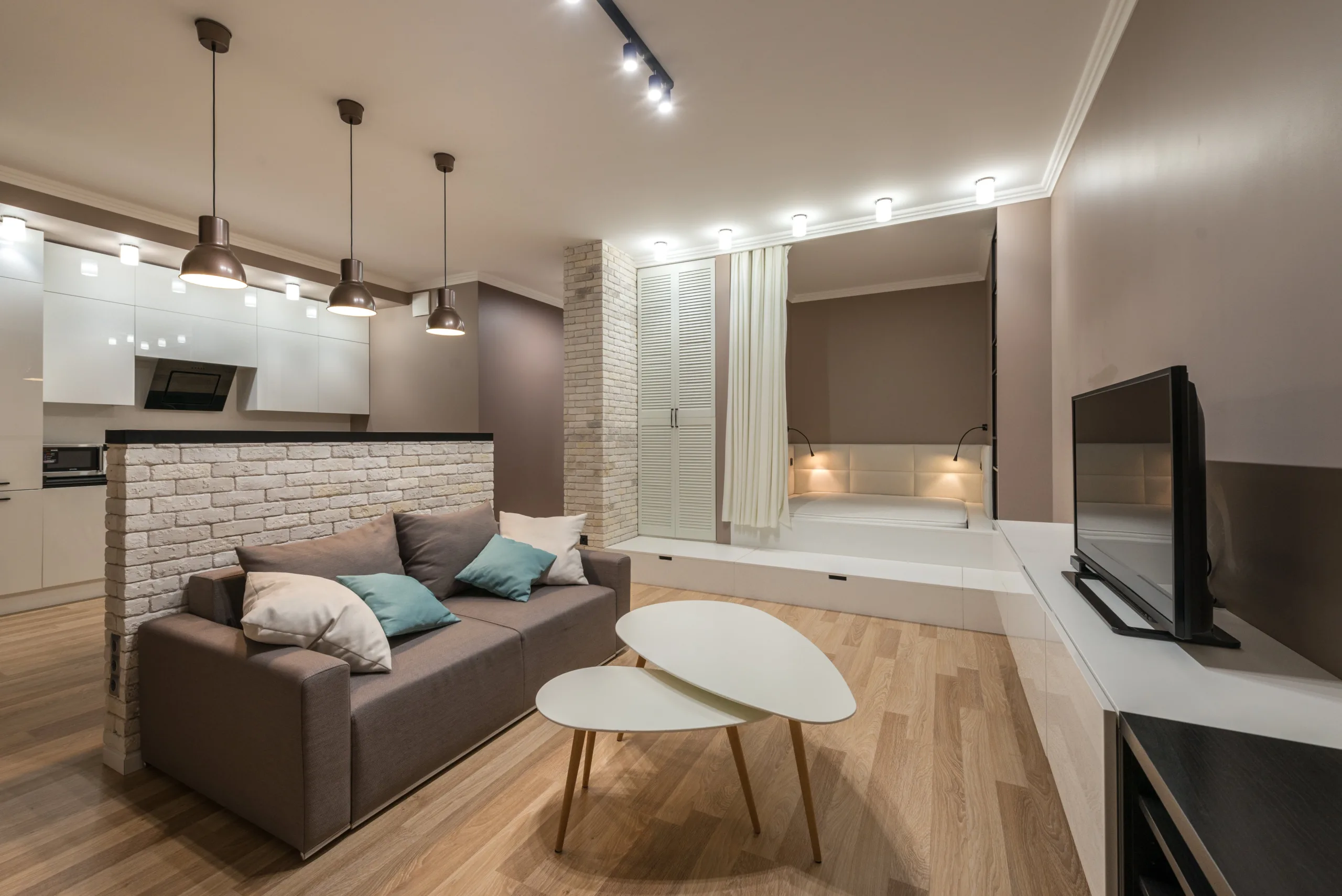Accessory Dwelling Units (ADUs) are becoming an increasingly popular option for homeowners seeking to maximize their property’s potential. These compact, self-contained living spaces are typically located on the same grounds as a primary residence. Homeowners opt for ADUs for a variety of reasons, including the need for a private space for family members, a dedicated home office, or an area to host guests. Given their versatility, ADUs can also serve as a source of rental income, proving to be a financially advantageous addition to a property.
The construction of an ADU can take several forms, such as a detached structure in the backyard, a converted garage, or an addition to the existing home. Due to their smaller size compared to traditional houses, ADUs generally require less material and time to build, resulting in a more affordable housing option. Moreover, by providing additional rental units within existing neighborhoods, ADUs can help to subtly increase the local housing supply, which can be beneficial amidst housing shortages.
Municipalities recognize the potential of ADUs to address housing challenges, leading to the relaxation of zoning laws and simplified permit processes in many areas. This legislative shift has made the construction of ADUs more accessible for homeowners. As a secondary benefit, the integration of ADUs into urban and suburban settings supports community diversity by allowing residents of varying ages and income levels to live within established neighborhoods.
Understanding ADUs
Accessory Dwelling Units (ADUs) serve as innovative solutions for homeowners seeking additional living space or a source of rental income. They offer a versatile housing option that can benefit individuals and communities alike.
Defining an Accessory Dwelling Unit
An Accessory Dwelling Unit (ADU) is a secondary housing unit on a single-family residential lot. ADUs are self-contained with their own living, sleeping, kitchen, and bathroom facilities. They can be attached to a primary residence, built as a stand-alone structure, or created by converting existing space, such as a garage or basement.
The Benefits of Building an ADU
Building an ADU can provide several advantages:
- Additional Income: ADUs can generate rental income, helping homeowners offset mortgage costs.
- Increased Property Value: Well-designed ADUs can enhance a property’s market value.
- Flexible Living Space: They serve various needs, such as housing for family members or a home office.
Zoning Laws and Regulations
Before constructing an ADU, homeowners should understand local zoning laws and regulations. Requirements often specify:
- Size: Maximum square footage allowed for an ADU.
- Location: Setbacks and placement on the property.
- Occupancy: Restrictions on tenant or owner occupancy.
Municipalities may have differing regulations that must be carefully reviewed.
Types of ADUs
ADUs come in different forms:
- Detached ADUs: Separate from the primary residence and often located in the backyard.
- Attached ADUs: Share a wall with the main home and have a separate entrance.
- Interior ADUs: Created within the existing footprint of the primary residence.
ADU Design Considerations
When planning an ADU, several design elements are essential to consider:
- Aesthetics: Exterior appearance should complement the primary dwelling.
- Efficiency: Space-saving designs and utilities that maximize the limited square footage.
- Accessibility: Optional features for ease of access, such as no-step entries and wide doorways.
Implementing ADUs
When integrating an Accessory Dwelling Unit (ADU) into a property, homeowners must navigate planning, financing, and construction, finally transitioning to managing the rental and income generation.
Planning Your ADU Project
Homeowners should assess their property to determine where an ADU can be feasibly added, either as a detached unit, a garage conversion, or an addition to the existing structure. They need to comply with local zoning laws and building codes. It’s imperative to create a detailed plan that outlines the ADU’s size, layout, and features, factoring in utilities and access.
Site Assessment
Site assessment involves evaluating your property to identify the most suitable location for the ADU.
- Space Evaluation: Measure the available space to determine if an ADU can be added as a detached unit, part of the existing structure, or as a garage conversion.
- Environmental Factors: Consider natural light, terrain, and existing vegetation, which might affect the construction and placement of the ADU.
- Accessibility: Ensure that the ADU will have proper access, possibly including a separate entrance or path from the main house.
Review of Local Regulations
This step involves understanding and complying with the zoning laws and building codes specific to your area.
- Zoning Laws: These determine where ADUs can be built, their size, and their distance from property lines.
- Building Codes: These ensure the safety and habitability of the ADU, covering aspects like fire safety, electrical wiring, and plumbing.
- Permitting Process: Understand the process of obtaining necessary permits as it can affect the project’s timeline and budget.
Detailed ADU Design Plan
Creating a comprehensive plan for your ADU’s layout, size, and features.
- Size and Layout: Decide on the ADU’s dimensions and internal layout, considering how the space will be used.
- Features and Utilities: Plan for essential features like kitchen, bathroom, living area, and utilities (water, electricity, gas, internet).
- Aesthetics and Functionality: Consider the design in terms of both aesthetics (how it looks) and functionality (how it works for its intended purpose).
- Budgeting: A detailed plan helps in estimating the cost of the project and planning the budget accordingly.
Planning an ADU project requires careful consideration of various factors, from legal compliance to functional design. By meticulously following these steps, homeowners can add a valuable, functional, and legally compliant ADU to their property.
Financing Your ADU
Securing funding for an ADU involves calculating the projected costs and exploring financing options. Homeowners may consider savings, loans, or in some areas, specific grants available for ADU development. It is crucial to have a clear budget and account for potential overruns.
Financing Options:
- Personal savings
- HELOC (Home Equity Line of Credit)
- Construction loans
- ADU-specific grants (where available)
Selecting Contractors and Managing Construction
Homeowners should vet and select contractors with experience in ADU projects. They’ll need to gather quotes, check references and qualifications, and negotiate contracts. Once construction begins, diligent oversight ensures that the project adheres to the timeline, budget, and quality standards.
Contractor Experience and Reputation
- Specialization in ADU Projects: Look for contractors who specialize in ADU construction. Their expertise will be invaluable in navigating zoning laws, maximizing space, and ensuring the project meets all local building codes and regulations.
- Check References and Past Work: Request and review the contractor’s portfolio of completed ADU projects. Reach out to past clients to inquire about their experience working with the contractor, including their satisfaction with the completed project and how the contractor handled any issues that arose.
- Licensing and Insurance: Verify that the contractor holds all necessary licenses and insurance policies. This includes checking for general liability insurance and workers’ compensation insurance to protect against property damage and on-site injuries.
Detailed Quotes
- Comprehensive Breakdown: Ensure that the quotes provided include a detailed breakdown of all costs associated with the project. This should cover materials, labor, permits, and any other expenses that may be incurred.
- Fixed Price vs. Time and Materials: Understand the billing structure. A fixed-price contract can provide more certainty regarding the total cost, while a time-and-materials contract may offer flexibility but with less predictability in final expenses.
- Contingency Budget: Include a contingency budget in the quote to cover unexpected costs. A common practice is to set aside an additional 10-20% of the project budget for unforeseen expenses.
Regular Communication and Site Monitoring
- Communication Plan: Establish a clear communication plan with the contractor. Decide on the frequency of updates and the preferred method of communication (e.g., email, phone calls, in-person meetings).
- Site Visits: Schedule regular site visits to monitor progress and ensure that the work is proceeding according to the plan, within the agreed timeline, and to the expected quality standards.
- Change Orders: Be prepared for changes that may arise during construction. Discuss how change orders will be handled, including the process for approving additional costs and adjustments to the project timeline.
Managing the Construction Process
- Timeline and Milestones: Work with the contractor to establish a realistic timeline with specific milestones. This helps in tracking progress and identifying any delays early on.
- Quality Control: Implement quality control checks at various stages of the project. This may involve hiring an independent inspector or architect to review the work.
- Budget Tracking: Keep a close eye on the budget throughout the construction process. Regularly review expenditures against the initial quote to ensure the project remains within budget.
By carefully selecting a contractor with the right experience and reputation, obtaining detailed quotes, and maintaining regular communication and site monitoring, homeowners can significantly increase the chances of their ADU project being completed successfully, on time, and within budget.
ADU Rental Management and Income Potential
Once the ADU is complete, effective rental management maximizes income potential. This includes setting a competitive rental price, marketing the ADU, screening tenants, and understanding landlord-tenant laws. The ADU can serve as a valuable source of passive income if managed well.
Rental Management Checklist:
- Determine competitive rental rates
- Market the ADU
- Tenant screening process
- Understand and comply with rental regulations
Conclusion
Adding an Accessory Dwelling Unit (ADU) to your property is a smart move. It gives you extra space and can help you earn more rental money. This makes your property more valuable. Planning an ADU needs careful thought, following local rules, and good design.
It can be tough to handle all these details. That’s why getting help from professionals like Rhino Garage Conversion San Francisco is important. We know all about local building rules and how to make the best use of space. We’re here to help you from start to finish, making sure your ADU fits what you want and need.
Choosing ADUs is a smart way to make your living space modern, flexible, and affordable. Let us at Rhino Garage Conversion San Francisco help you with this big step. With our help, your ADU will be more than just a build – it’ll be a great addition to your home.






